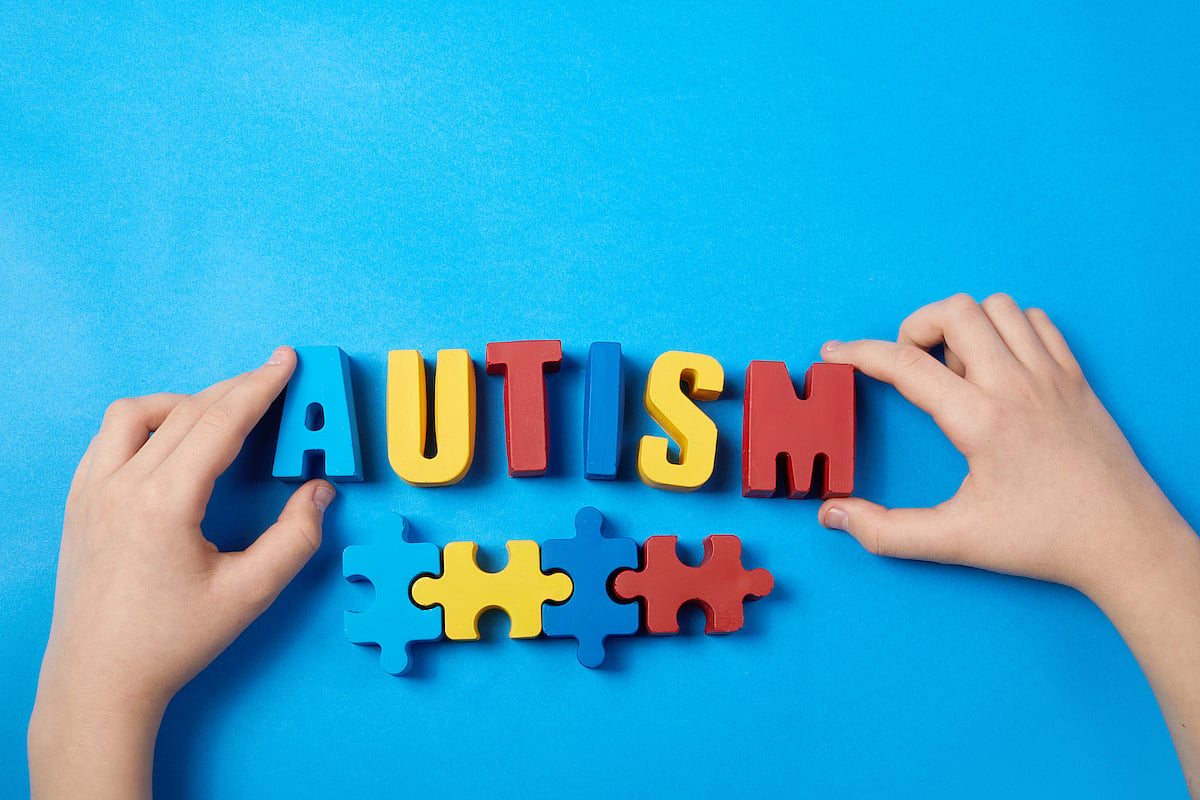Due to a recent change of our website, the process for submitting refill requests online has now changed.
Please click on “Sign Up Today!†to create a new account, and be sure to download our NEW Mobile app!
Thank you for your patience during this transition
Manténgase sano!

- Ernie Mundell
- Posted October 30, 2024
Autism Diagnoses Rising Among U.S. Children, Adults
Big surges in new autism diagnoses among young adults, as well a rise in diagnoses for girls and young women, have driven a near-tripling of U.S. autism cases in just over a decade, researchers report.
Data on over 12 million patients enrolled in major U.S. health care systems found that between 2011 and 2022 the number of people diagnosed with autism climbed by 175%, according to a study published Oct. 30 in the journal JAMA Network Open.
The rise in diagnoses was especially dramatic among young adults ages 26 to 34 -- this group experienced a 450% increase (equivalent to more than a 5.5 times rise) in autism diagnoses between 2011 and 2022, the report found.
And even though boys are still four times as likely to be diagnosed with autism compared to girls, the "gender gap" in diagnoses is closing, according to a team led by Luke Grosvenor, of Kaiser Permanente's Division of Research in Pleasanton, Calif.
While new diagnoses among male children during the study period rose by 185%, they soared by 305% among girls, the data showed.
Among adults, women charted a 315% rise in autism diagnoses between 2011 and 2022, Grosvenor's group found, compared to a 215% rise among men.
Why these trends?
First of all, "increased advocacy and education" may be bringing autism spectrum disorders out of the shadows, encouraging more openness among Americans to get themselves or their children screened for the condition, the Kaiser team said.
Furthermore, there have been recent "changes to developmental screening practices" for children, as well as changes in "diagnosis definitions, policies and environmental factors" that could be playing a role in the rise in case numbers, according to the study team.
As for the surge in diagnoses among girls and women, Grosvenors' team pointed to research suggesting that "gender behavior norms" can lead females to "socially hide autistic traits (commonly referred to as 'camouflaging')."
It's possible that those social pressures and stigmas are now easing, allowing girls and women to more comfortably seek out a diagnosis.
Autism rates remain highest among the very young: According to this tally, about 30 out of every 1,000 children ages 5 to 8 have an autism diagnosis.
That's only slightly higher than the 27.6-per-1,000 (about 1 in 36) rate seen among children generally in 2020, as calculated by the U.S. Centers for Disease Control and Prevention.
Grosvenor's group stressed that the new data could still be an undercount of cases of autism spectrum disorders (ASDs), especially among adults.
"Rates reported here may underestimate the true prevalence of ASD in adults, especially older female adults, as many would not have been screened in childhood and remain undiagnosed," the researchers noted.
The bottom line, according to the study authors: "The population of autistic adults in the U.S. will continue to grow, underscoring a need for expanded health care services."
More information
Find out more about autism spectrum disorders at Autism Speaks.
SOURCE: JAMA Network Open, Oct. 30, 2024
